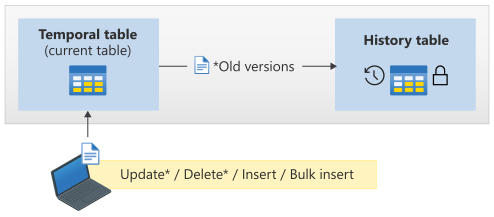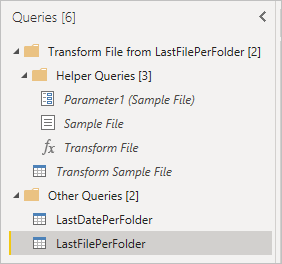How can I connect to an Excel file stored on SharePoint using Power BI Desktop or Power Query?
When you first get started with Power BI Desktop, it’s common to connect to an Excel file as the data source for your report. In Power BI Desktop, you simply select Excel Workbook, choose a file from your local machine or OneDrive, click Load, and start building your report. Refresh option disabled for semantic model … Read more



